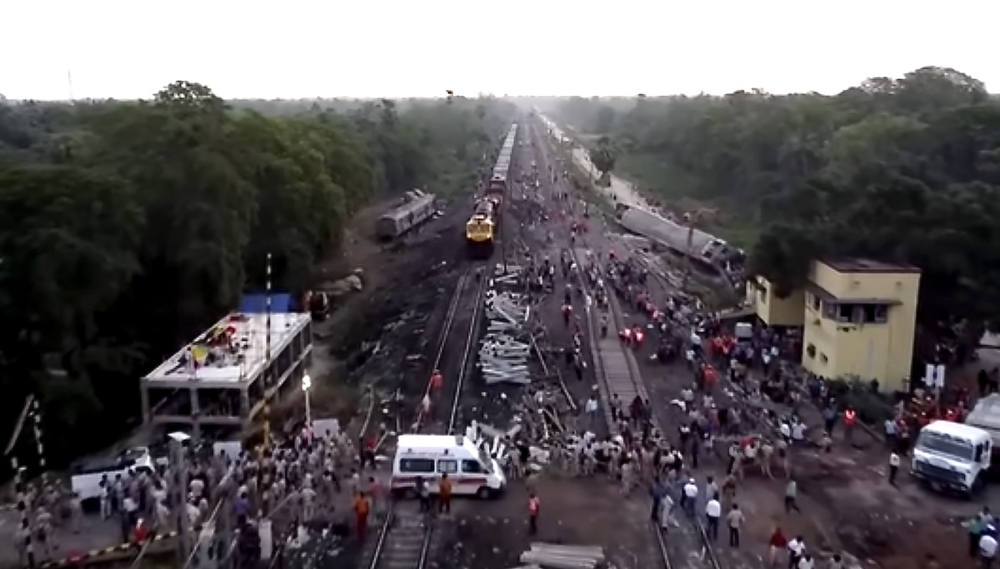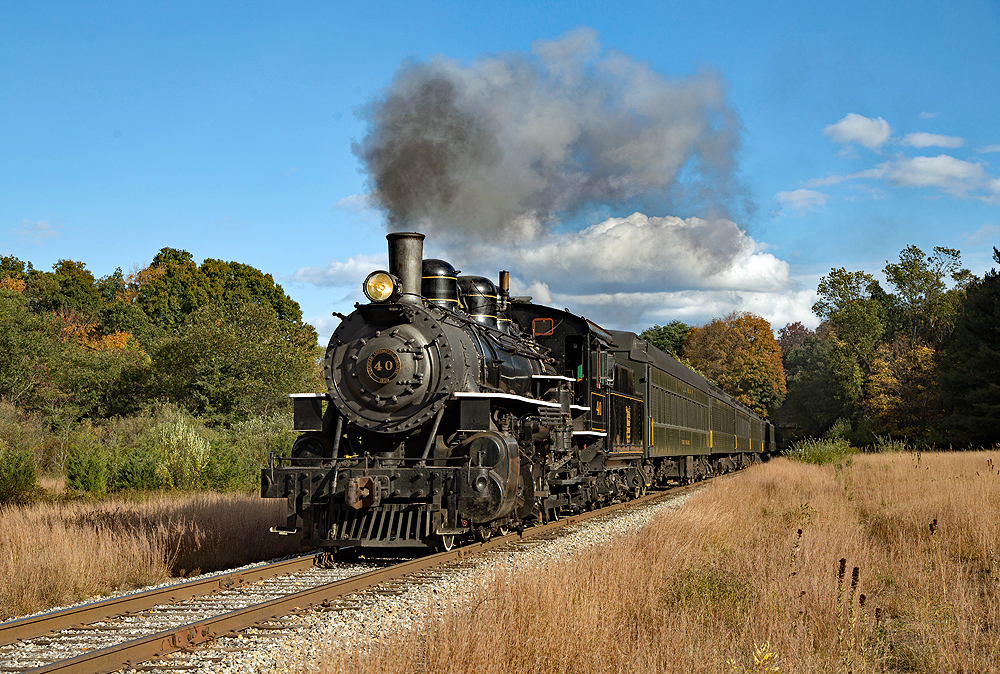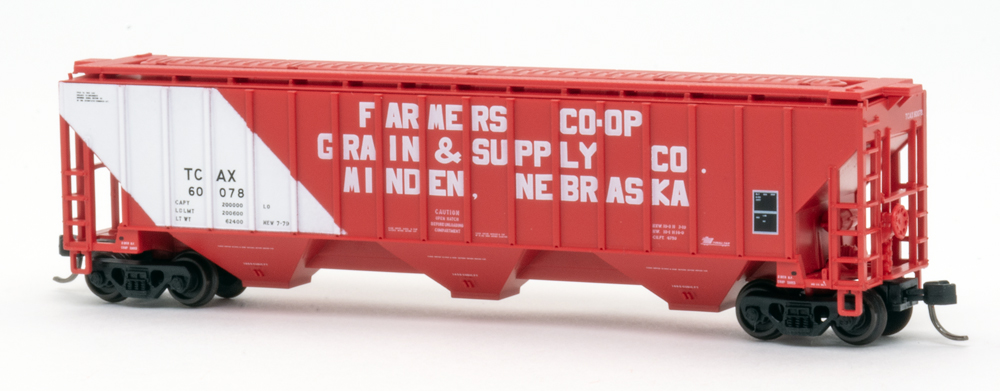
BALASORE, India — A signal error caused a collision that has killed at least 275 people and injured more than 1,000, according to India’s railway minister.
The Guardian reports that Ashwini Vaishnaw said the full investigation into the Friday crash was continuing but “the root cause has been identified.” Preliminary findings indicate the train, the Coromandel Express was initially given a green signal to enter the main line, but then was sent into another track, known as the loop line, where it struck a stationary train of iron ore. The Express was traveling at 80 mph at the time; some of its cars then it another express heading in the opposite direction, causing some of that train’s cars to derail, as well.
Vaishnaw would not say if human error was a part of the signal malfunction: “Who has done it and what is the reason will come out of an investigation,” he said. The railway ministry is seeking a criminal investigation by the government’s Central Bureau of Investigation.
The death toll had been placed at 288, but has been revised downward after it was determined some bodies had been counted twice.
The BBC reports about 2,000 people were believed to be aboard the two passenger trains. The Coromandel Express travels between Kolkata (formerly Calcutta) and Chennai (formerly Madras), a route of about 1,000 miles; the Howrah Superfast Express was en route from Yesvantpur to Howrah, a trip of about 1,200 miles.














It’s a good thing that passenger train wasn’t one of those overloaded commuter trains, or casualties could have been even much worse.
https://metrosaga.com/indian-railways-suspends-all-passenger-trains-but-theres-some-good-news/
I don’t believe this explanation of events is correct. The engineer of the Coromandel Express survived! There is no way he would have had his train taken the diverging route at 80mph and plowed head-on into that stopped freight. Remember, the conductor and engineer of Amtrak #91, traveling at a much lower speed at Cayce, SC (49mph IIRC, with the signal system suspended) found themselves lined into a siding occupied by a stopped CSX northbound freight and were both killed.
My latest from a very reliable source is the Coromandel was indeed lined straight track and the engine and an at this point unknown number of cars went that way. Then the switch moved to the reverse position under the train causing the following cars into the siding and derail, slam into the freight, and foul the adjacent track to the west in front of the northbound passenger train.
So how did the siding switch throw under the Coromandel? It would seem there was a loss of shunt and that switch that was supposed to stay locked when occupied instead unlocked. I have to wonder if the dispatcher had the entrance/exit and route-stacking features for control of this interlocking and had “stacked” the routes, first southbound main track/main track, then northbound siding/main track. Then there was a malfunction allowing a loss of shunt inside interlocking limits allowing the stacked route to fire off.
I assume that if the signal was green, it was for the mainline, not the diverging route into the passing loop that was occupied by the freight train. I know in North America, the signal aspect will tell you if it is for a diverging route, from my limited railfan knowledge.